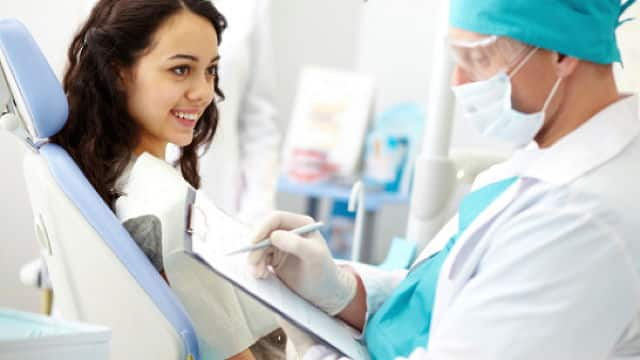Medical procedures are sometimes necessary to maintain your health, including oral health. Anaesthesia is inherent to more involved procedures, whether it's knee surgery or filling an advanced cavity, and when properly administered, it isn't a point of concern. But some people do suffer from dental anaesthesia side effects. Here's a look into anaesthesia and why some patients don't respond as well to it.
Anaesthesia Types
There are two types of anaesthesia: local and general. The National Health Service (NHS) defines local anaesthesia as "numbing an area of the body using a type of medication called a local anaesthetic". These medications can be used to prevent pain during a procedure or operation without causing a loss of consciousness.In effect, your dentist simply desensitises a portion of your mouth by injecting medicine into the gum or inner cheek; you can stay awake for this process. According to Bupa, "general anaesthetic puts you into a controlled state of unconsciousness". An air tube may be placed in your throat to help you to breathe while you’re under general anaesthetic.
Although the term can be misleading, general anaesthesia has a much more specific role to your comfort during a procedure, and is administered by a trained professional such as an oral-maxillofacial surgeon or medical anaesthesiologist. Local (or regional) anaesthesia is used for much simpler types of treatment, where your needs are minor enough that your bodily state can remain the same.
Procedures Requiring Anaesthesia
Unfortunately not all trips to the dentist are as easy as a routine cleaning, so check before booking your next appointment. Tooth extraction is one of the most common processes necessitating anaesthesia. When a tooth that has become decayed needs to be removed, the doctor anaesthetises the area of your mouth surrounding that tooth. Wisdom teeth are another common cause for anaesthetised removal, usually due to impaction or simply not having enough room to erupt.
Although root canals have become much easier over the years, they are another example of when anaesthesia is necessary. When a tooth's pulp becomes damaged or diseased, the part of the tooth that houses the pulp needs to be removed and sealed, thereby saving the tooth from extraction. Probably the most common need for anaesthesia, however, is in the filling of a cavity. A filling is required when a small section of your tooth succumbs to decay; the dentist will remove the decay and fill the cavity.
Dental Anaesthesia Side Effects
Side effects from local anaesthesia are few and far between, but they do occasionally arise. Numbness felt beyond the affected part of the mouth is a very common one. Following a local injection to your gums, for example, the medicine can cause your eyelid or cheek muscles to droop. After the anaesthesia wears off, this numbness dissipates. Here are a few more:
- Unable to blink – If you can't blink one of your eyes, your dentist can tape it shut until the numbness ceases so that it doesn't dry out.
- Haematoma – Described as a blood-filled swelling, this can happen if the needle strikes a blood vessel upon injection.
- Racing heartbeat – The vasoconstrictor drug in the anaesthesia can increase your heartbeat for a minute or two. Be sure to mention this to your doctor if you notice it.
- Nerve damage – If the needle directly hits a nerve, the result can be numbness and pain that lasts for weeks or months. Permanent nerve damage is rare in a regional injection, according to the Royal College of Anaesthetists (RCOA).
The best way to avoid any dental anaesthesia side effects is to lower your risk of issues that warrant a desensitising solution. A good way to achieve that goal is by using a good toothpaste. Brushing, flossing and a healthy diet are all key to keeping a healthy mouth. Of course, make sure you schedule your regular dental check-up, too.









